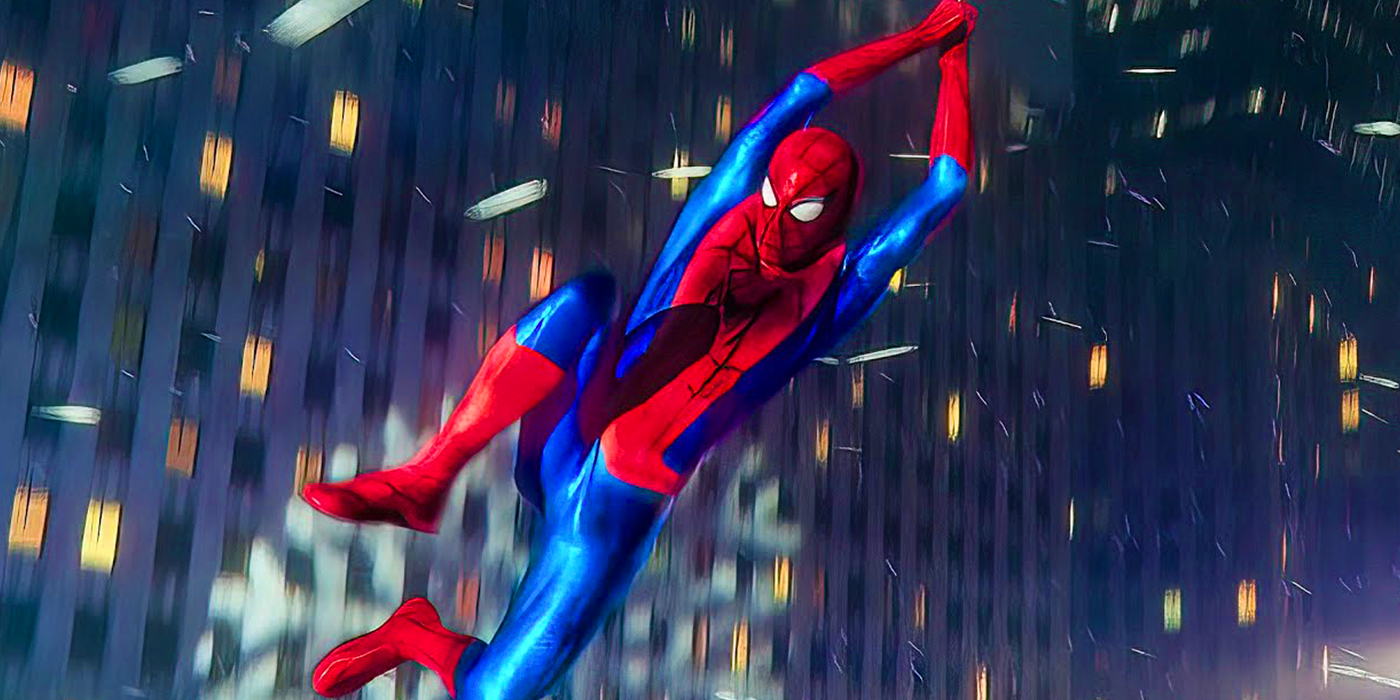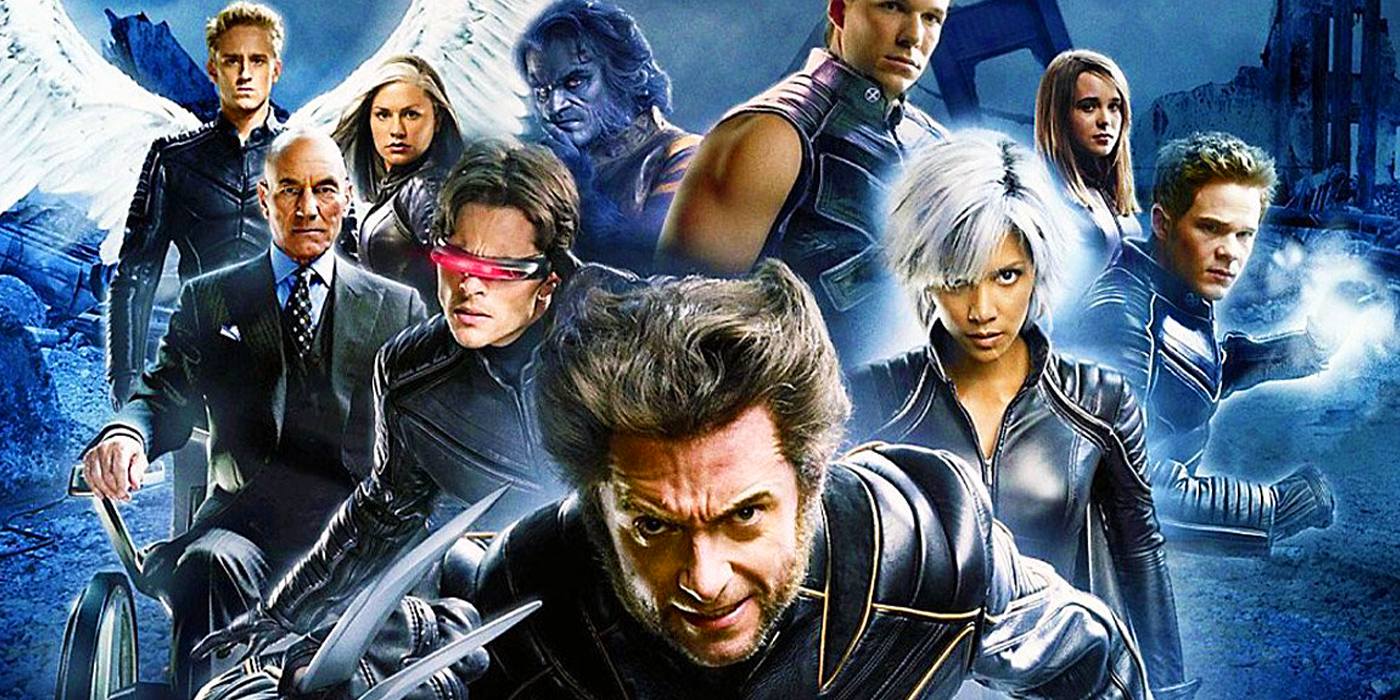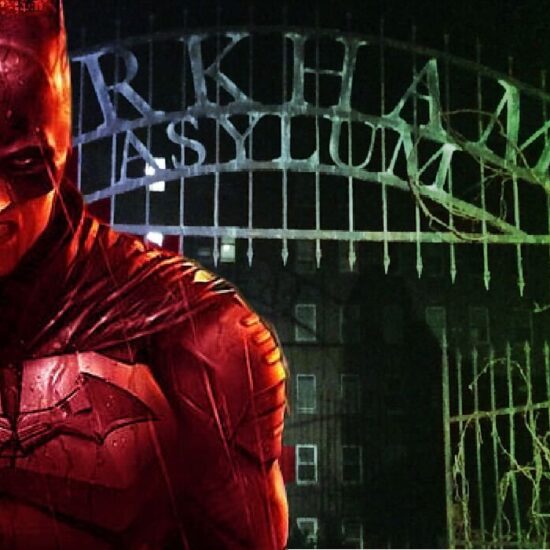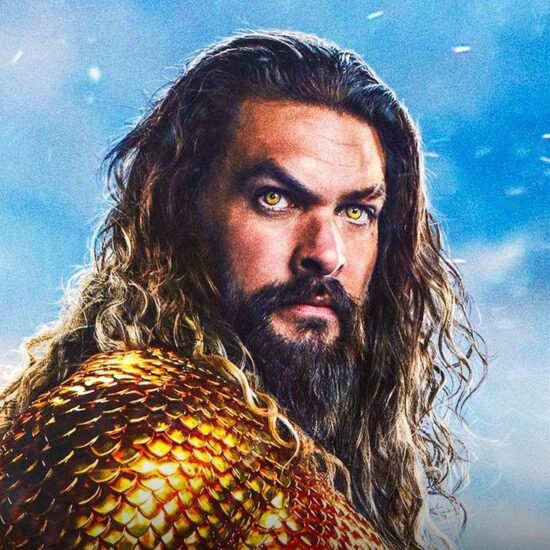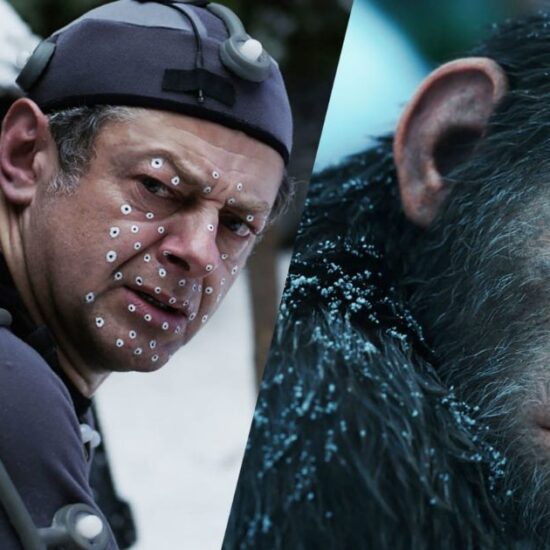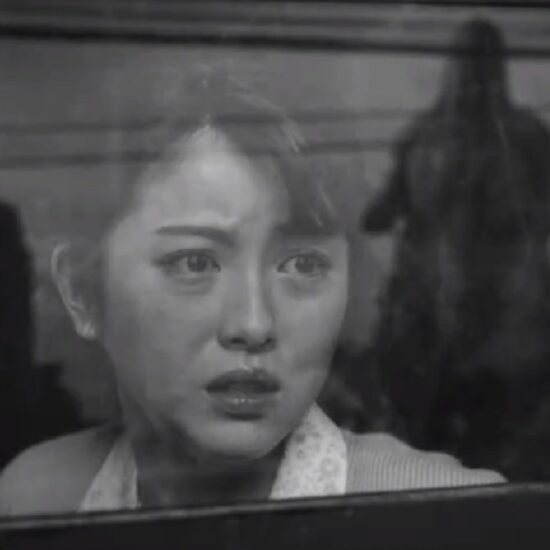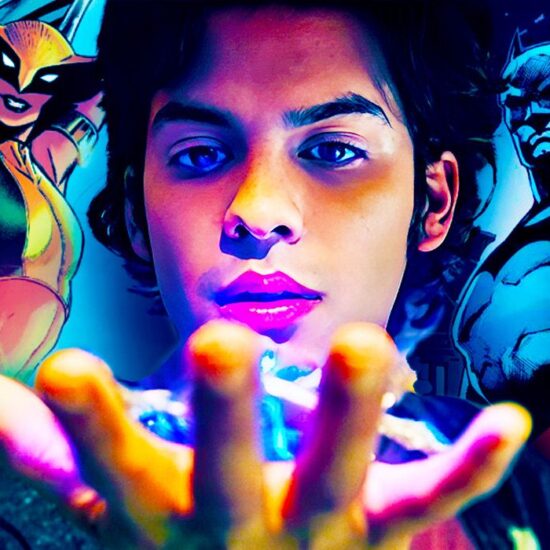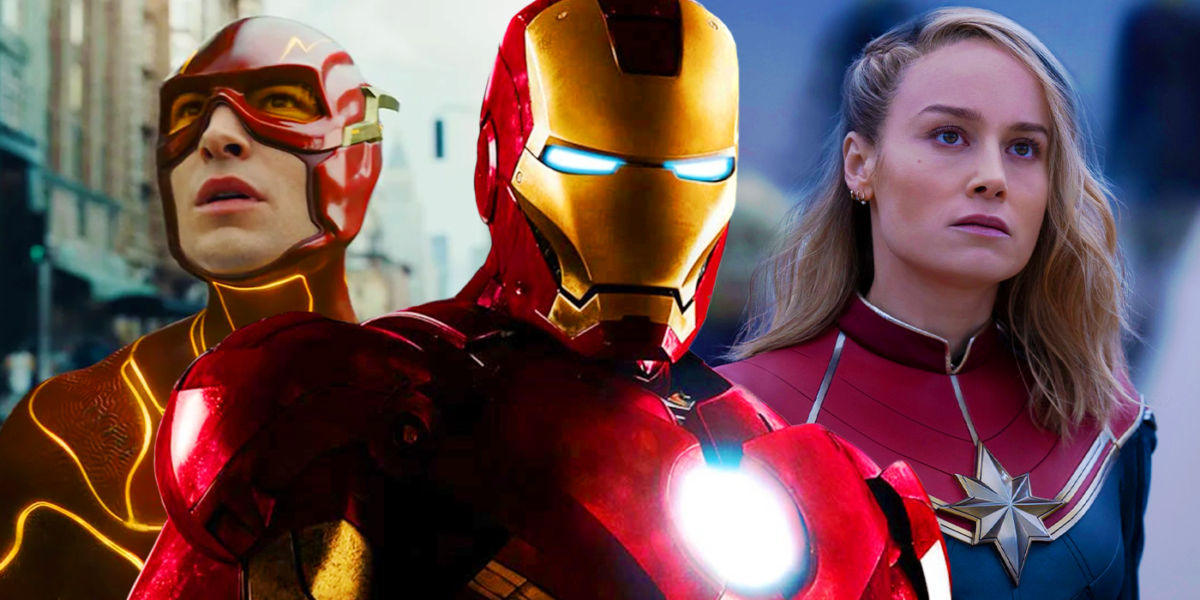
Summary
- Superheroes in Marvel and DC films often receive new costumes in each project, reflecting their growth and storylines.
- The sale of toys and merchandise plays a significant role in the decision to change superhero costumes, generating more revenue for the studios.
- The trend of changing superhero costumes in each new film is a more recent phenomenon, with earlier comic book movie adaptations emphasizing continuity and consistency.
Superheroes in both Marvel and DC films often receive new costumes in every project they appear in. Several live-action film and TV franchises have been borne from the pages of Marvel Comics and DC Comics, bringing dozens of iconic superheroes to life in the Marvel Cinematic Universe, DC Universe, Sony Spider-Man Universe, and Fox X-Men franchise, among others. These franchises allow heroes to develop their stories over a number of years and a variety of projects, giving audiences the opportunity to see them grow and change over time. This also means that, with each new project, superheroes tend to get a new wardrobe pertaining to each particular story.
After Iron Man kicked off the MCU in 2008, practically every hero in Marvel Studios’ franchises has gone into each project with a new-and-improved costume, and the same can almost be said for every character in the DC Universe. The likes of Iron Man, Batman, Captain America, the Flash, and Spider-Man have updated their superhero suits many times, and this is set to continue in 2023’s The Marvels, as new images released by Entertainment Weekly confirm Captain Marvel, Monica Rambeau, and Ms. Marvel will receive new attire. While many might wonder why live-action heroes need to change their costumes so often, there are clear reasons supporting this pattern.
New Superhero Costumes Help Sell More Merchandise & Toys
In the 1990s, the Marvel Entertainment Group bought percentages of toy companies including trading card company Fleer and toy company ToyBiz, allowing Marvel to mass-release toys based on characters from Marvel Comics and various film adaptations. MEG and ToyBiz merged in 1998, creating Marvel Enterprises, later Marvel Entertainment, and the production of toys became a major piece of the Marvel machine. In fact, the sale of toys helped raise enough revenue to establish Marvel Studios, allowing the MCU to be born. It’s easy to see why so much emphasis is put on the sale of toys and merchandise, which is only helped by heroes’ costumes changing with each new project.
For DC Entertainment, Mattel – the company behind Barbie and Hot Wheels – has produced the majority of DC toys, after entering a deal with Warner Bros. in 2000. The fact that superheroes go through many costume changes in their respective franchises means that even more toys and a greater range of merchandise can be developed, bringing in even more revenue for studios. Production companies have sometimes come under scrutiny for allowing their toy ranges to affect storylines and costume choices in the live-action franchises, but the symbiotic relationship between the two is hard to ignore, and as it turns out, the MCU and DC Universe might not exist without the toys.
New Superhero Costumes Show Character Growth Over Multiple Movies
Perhaps the key reason that superheroes in various live-action franchises change their costumes so often is because their suits reflect whatever stage they’re at in their career, or whatever story they might be embarking on. This is most evident in the MCU, as Marvel Studios’ heroes have seen the most costume changes out of every franchise, and these changes are often implemented as key elements to the franchise’s stories. This is also the case for DC Studios’ films, though is less prominent, as older and more established heroes such as Superman and Wonder Woman don’t regularly see major changes in their costumes.
In the MCU, Tony Stark designed multiple Iron Man suits of armor as a coping mechanism, each developed with new and futuristic technologies in mind. Peter Parker also went through similar changes as Spider-Man, taking him from his civilian Spider-Man costume, to his Stark tech suit, to his handmade costume in Spider-Man: No Way Home. These changes marked significant moments in the characters’ lives, such as when Stark destroyed his suits in Iron Man 3, or when Parker made his own costume in No Way Home to signify his newfound anonymity and isolation, or when Steve Rogers stripped his Captain America costume of its star when he became a fugitive.
This pattern extends to basically every superhero. Doctor Strange saw changes as he became more confident in sorcery, Batman’s suit developed depending on his need, the Guardians of the Galaxy acquired uniforms in Vol. 3, Thor’s costume became more vibrant, and the Scarlet Witch’s costume became darker in Phase 4. Sometimes, however, these changes don’t make sense, such as in the case of Ezra Miller’s Barry Allen, who received an arguably worse costume in The Flash than the one they wore in Justice League. Costume changes for the upcoming The Marvels seem needless, too, though Marvel Studios has been putting more emphasis on giving its heroes more comic-accurate costumes in recent years.
New Superhero Costumes For Every New Movie Is A More Recent Trend
Although superheroes changing their costumes seems to be a regular occurrence in recent live-action film, this is still a relatively new trend. This pattern only really started to rise after the inception of the MCU and DC’s shared universes, and hadn’t been seen that regularly in prior comic book movie adaptations. Before the MCU was born in 2008, Fox’s X-Men franchise ruled the roost, having already developed three projects prior to Marvel Studios’ Iron Man. In X-Men, X2: X-Men United, and X-Men: The Last Stand, the primary X-Men team retained the same, or at least strikingly similar, superhero costumes, sporting black leather-like suits in each adventure.
This was also seen in Fox’s Fantastic Four and its 2007 sequel, Rise of the Silver Surfer, in which the titular team donned the same blue costumes in both projects. Wesley Snipes’ Blade had also held onto his signature black costume in each of his three appearances between 1998’s Blade and 2004’s Blade: Trinity, and even as far back as the 1970s, Christopher Reeve’s Superman sported the same costume in his initial film appearances. For Sony, both Tobey Maguire and Andrew Garfield retained their Spider-Man costumes in each of their sequels, but the onset of major shared franchises has significantly changed this trend.
In the early days of comic book film adaptations, it was probably more beneficial for superheroes to have a semblance of continuity and consistency, meaning their costumes needed to remain the same for audiences to become attached to the characters. The MCU and the DC Universe made huge strides to change this, allowing characters’ costumes to develop in the same way that their personal lives, emotional states, and high-stakes adventures did. Marvel Studios certainly led the charge, and this was copied in DC’s films and the X-Men franchise. Costumes in franchises from both Marvel and DC will surely continue to change, especially as more heroes are introduced in coming years.







